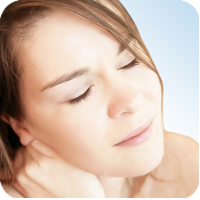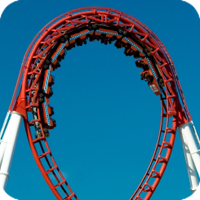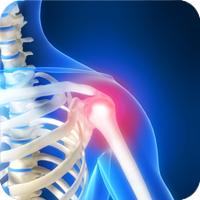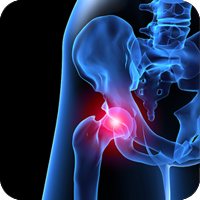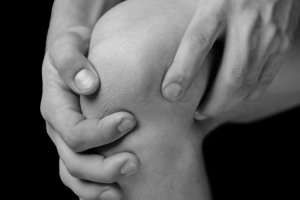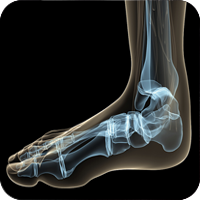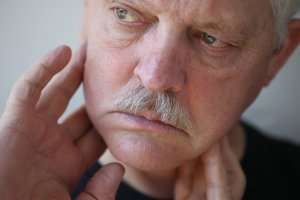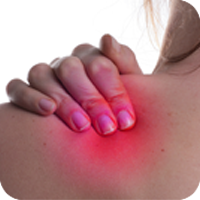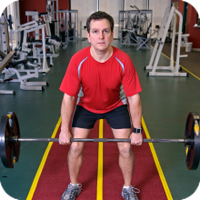
Back Pain-Lower
The low back can withstand tremendous forces without injury. However, if the low back is out of adjustment or has weakened supporting muscles, something as simple as taking a bag of groceries can cause a low back injury. Eighty percent of people suffer from back pain at some point in their lives. Back pain is […]
